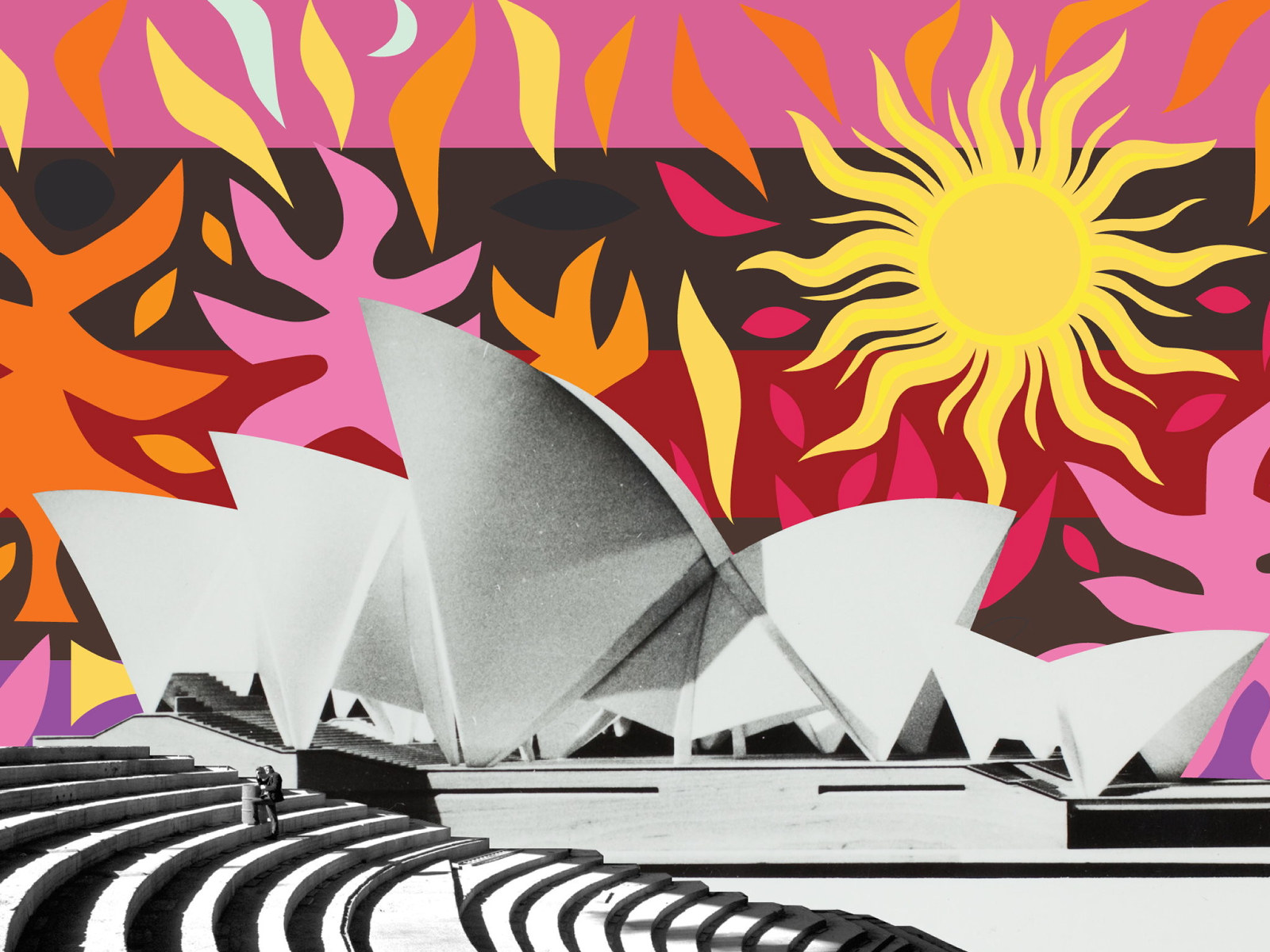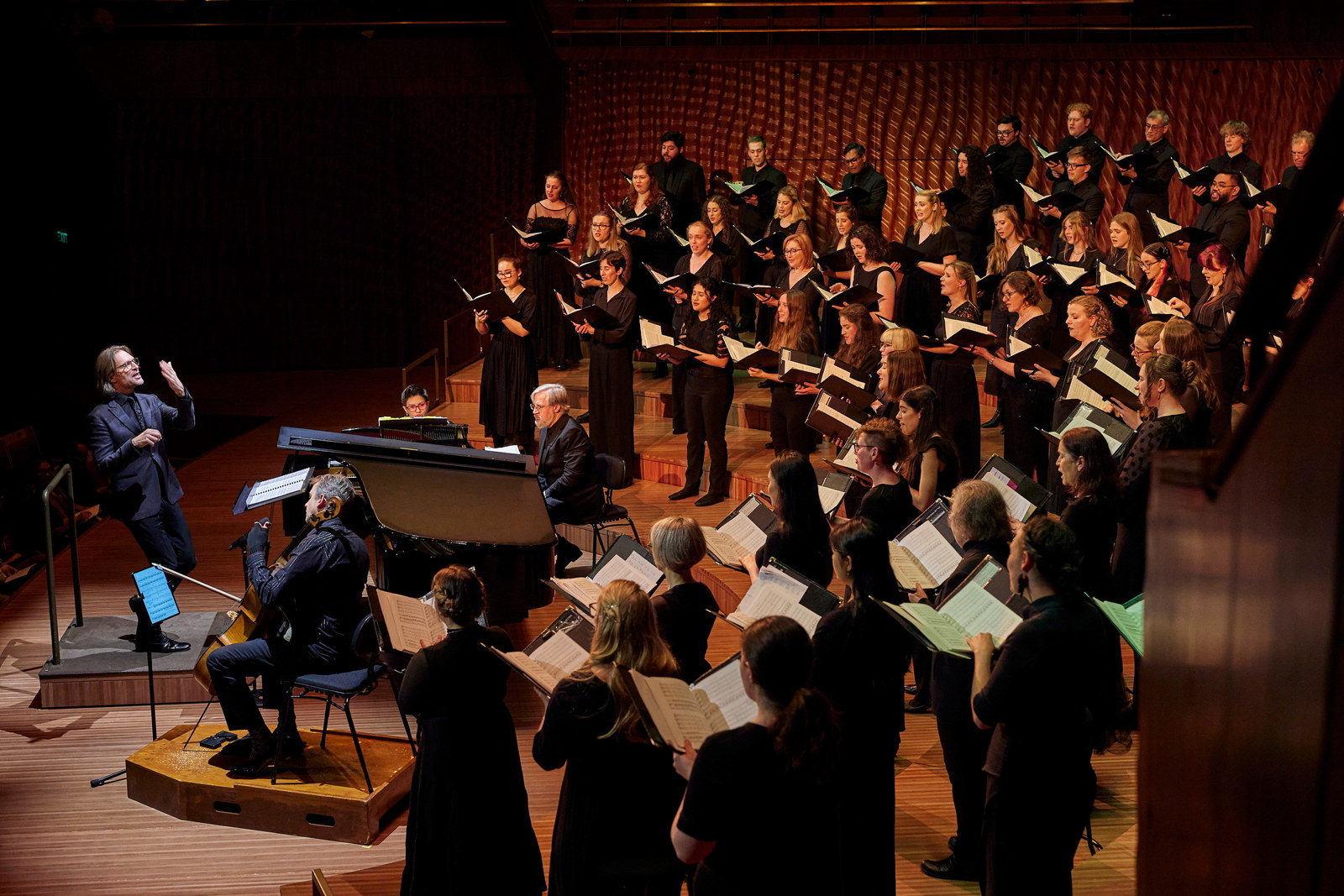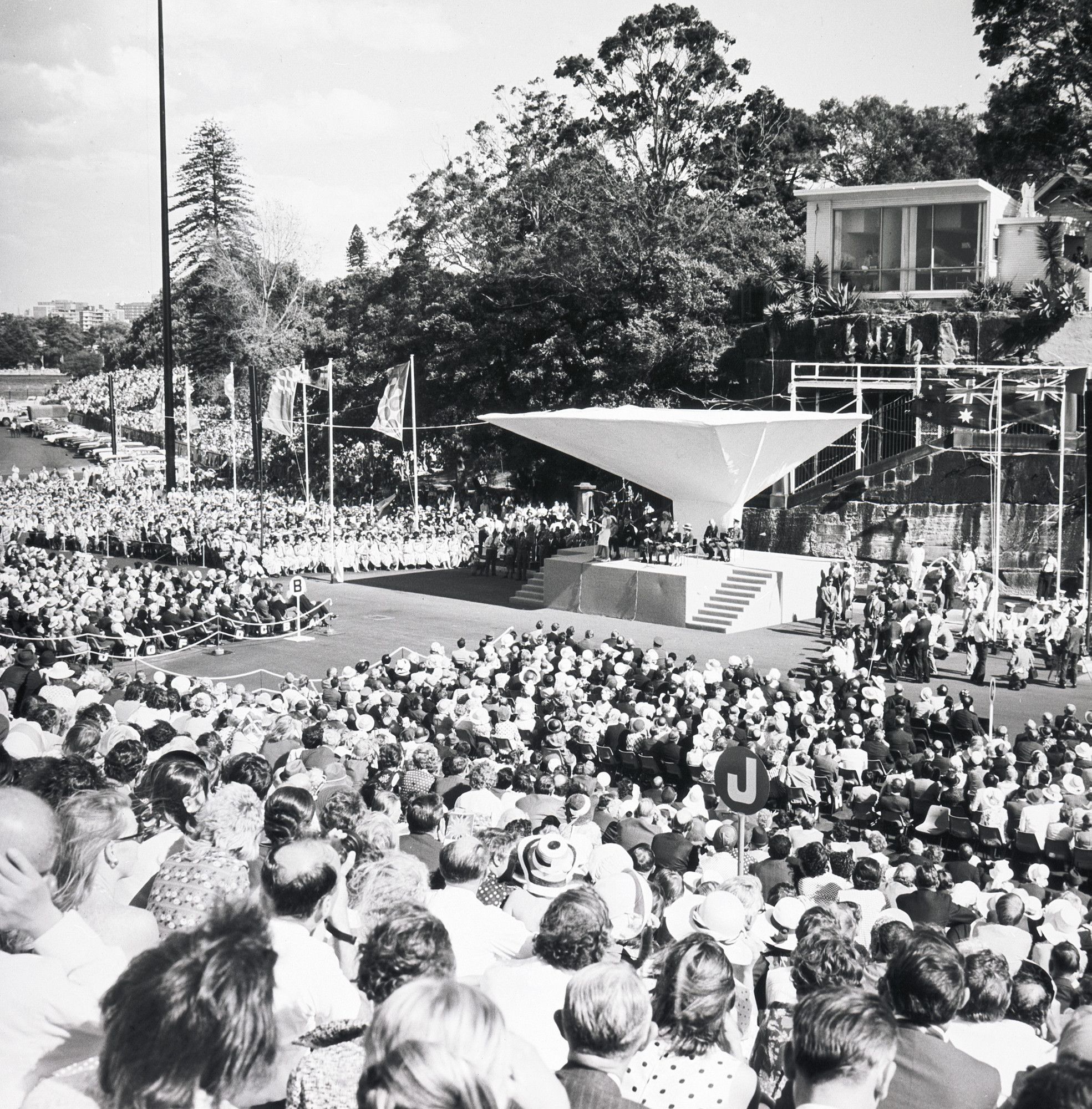Dressing Joan Sutherland
One of the most spectacular costumes on display in the exhibition The People’s House: Sydney Opera House at 50 is an extraordinary Renaissance dress designed by Kristian Fredrikson and worn by Dame Joan Sutherland in the part of the notorious Lucrezia Borgia.
Visitors to the exhibition The People’s House: Sydney Opera House at 50 at the Museum of Sydney can get up close to a fascinating range of costumes once worn on the Opera House’s stages. Perhaps the most extraordinary is a Renaissance costume worn by ‘La Stupenda’ – the internationally renowned Australian soprano Dame Joan Sutherland (1926–2010) – in act II of the opera Lucrezia Borgia.1 Donizetti’s opera, which premiered in 1833 at La Scala opera house in Milan, tells the story of the 16th-century noblewoman whose father, Rodrigo Borgia, rose to the summit of the Catholic Church as Pope Alexander VI, and who herself became the subject of scandalous rumours, including that she had poisoned former lovers. Selections from the opera had first been performed in Sydney in the mid-1840s.
Directed by George Ogilvie, the 1977 production by the Australian Opera (now Opera Australia) is significant as the first by the company to be staged fully ‘in house’ – with costumes, staging, choreography and direction all undertaken in Australia. Even the cast was almost exclusively Australian-born. The production opened the company’s 1977 winter season, on 4 June, and ran for eight nights.
Sydney-born Sutherland had originally been slated to appear at the Opera House’s official opening in 1973; however, the uncertainty of the building’s completion date meant her first appearance there, in Offenbach’s Tales of Hoffmann, would not be until 13 July 1974. In 1976 her husband, Richard Bonynge, took up the role of the Australian Opera’s musical director, conducting Delibes’s Lakmé, in which Sutherland sang the title role. The costumes she wore in both these earlier productions were made in New York.
Renaissance splendour
As a stage costume the dress from Lucrezia Borgia was designed to be seen and appreciated by the audience from a distance; yet it is wonderfully detailed up close, with its characteristic ‘slashed’ sleeves, braid and faux jewels, a testimony to the skill of the costume makers.
The costume was designed by New Zealand-born Kristian Fredrikson (1940–2005), who had moved to Australia in the 1960s and become resident designer for the Melbourne Theatre Company in 1964. Apart from Lucrezia Borgia – for which he designed a staggering 120 individual costumes – and other works staged by the Australian Opera, Fredrikson also designed costumes and sets for productions by the Sydney Dance Company, the Australian Ballet and the Sydney Theatre Company. Complete with headdress, the costume was made by William (Bill) Paterson, who went on to make all of Sutherland’s costumes for the Australian Opera productions, including that for Les Huguenots (1981), a costume that Sutherland also wore during her farewell season with the company in 1990.
It was Fredrikson who, with tongue firmly in cheek, described this dramatic costume as ‘a little day dress for wandering around Ferrara’,2 a reference to the fact that the historical Lucrezia married Alfonso d’Este, the duke of the north Italian city, in 1502. Presumably it would not be a very long stroll, as the dress weighs over 20 kilograms!
For the exhibition, it has been dressed on a mannequin that was purpose-built to display Sutherland’s various costumes, and is placed as though in the wings of the theatre that now bears her name, poised ready to enter, stage right. On an adjacent screen visitors can watch an excerpt from the original production where Sutherland, wearing the costume, sings with Richard Allman in the role of her husband Alfonso.
Dressing the mannequin
The costume has been generously lent to the exhibition by the Australian Performing Arts Collection, Arts Centre Melbourne (ACM). ACM received the dress in 2019 as part of an exciting donation from Opera Australia of costumes worn by Dame Joan Sutherland, including two from Lucrezia Borgia.
Conversations with ACM started in October 2022, when staff at Museums of History NSW first inquired about the possibility of displaying the costume in the People’s House exhibition. Loan negotiations for exhibition displays typically take several months, involving detailed discussions around display conditions, freight, crating and installation requirements.
MHNSW staff worked closely with ACM’s registration and conservation staff to arrange a custom crate to house the loan items, with the various parts – bodice, skirt and petticoat – held in individual boxes. Shaped foam blocks were used to keep the jewellery – necklace and earrings – safely in place. The crate then travelled from Melbourne to Sydney with a specialist fine art logistics company. As this is such a significant and complex costume, ACM’s senior conservator also attended to dress the mannequin during the exhibition installation.
Each element of the costume was examined on arrival at the Museum of Sydney to ensure that no damage had occurred during transport. Starting with the petticoat and finishing with the necklace and earrings, registration and conservation staff checked the condition of each item before placing it onto the custom-made mannequin. Due to the weight and delicate nature of the costume, and the confined space in which it was installed, dressing the mannequin involved many hands and the entire process took around two hours to complete.
Related exhibition

Past exhibition
The People’s House: Sydney Opera House at 50
Celebrating five decades of extraordinary performances and unforgettable moments from the Sydney Opera House
Saturday 1 July
Authors
Dr Scott Hill, Curator, and Meg Driver, Collections and Loans Officer
Notes
The costume is now in the Australian Performing Arts Collection, Arts Centre Melbourne, the gift of Opera Australia. Read more.
- The opera was originally written as a prologue and two acts; however, these are often listed in productions as acts I–III, so act II in this production equates to act I of the original libretto.
- Patricia Angly, ‘Joan Sutherland’s Australian-designed gowns for Lucrezia Borgia’, Australian Women’s Weekly, 1 June 1977.
Published on
Related

First Nations
Harold Blair, trailblazer
Wulli Wulli tenor Harold Blair AM was Australia’s first professionally trained Aboriginal opera singer

The People’s House: audio interviews
Hear from former staff, creatives and performers about their most cherished memories of the iconic building
